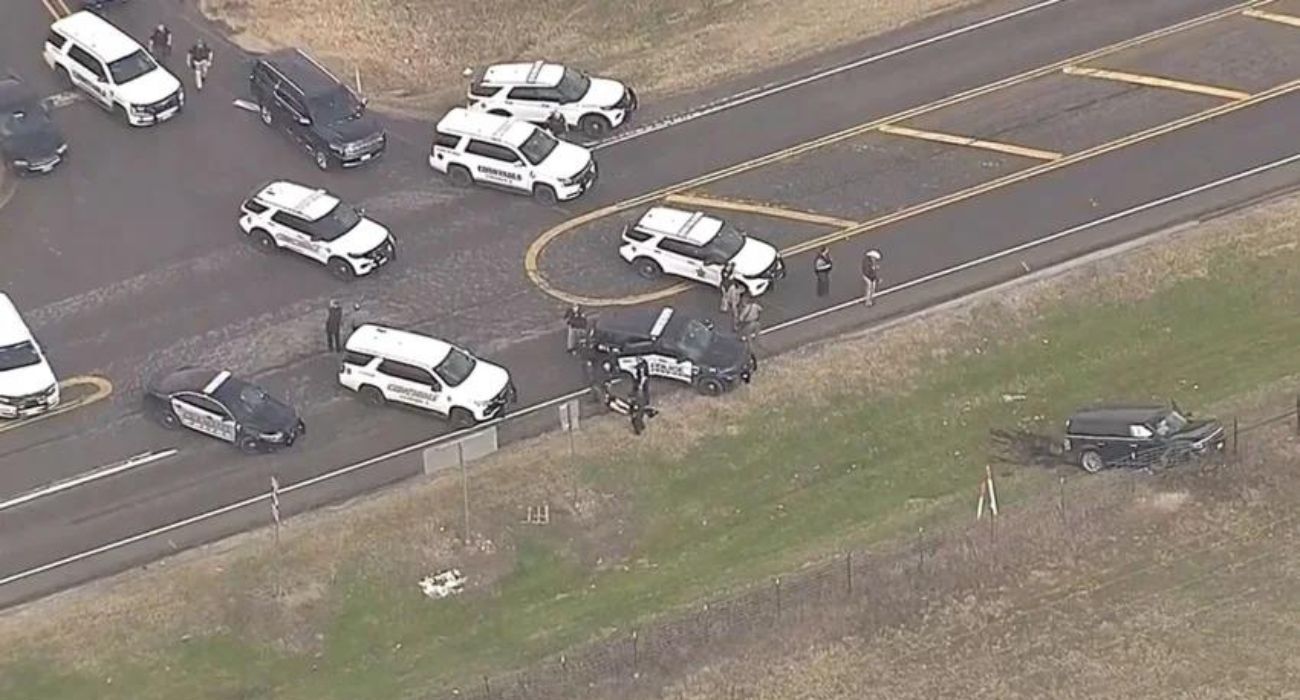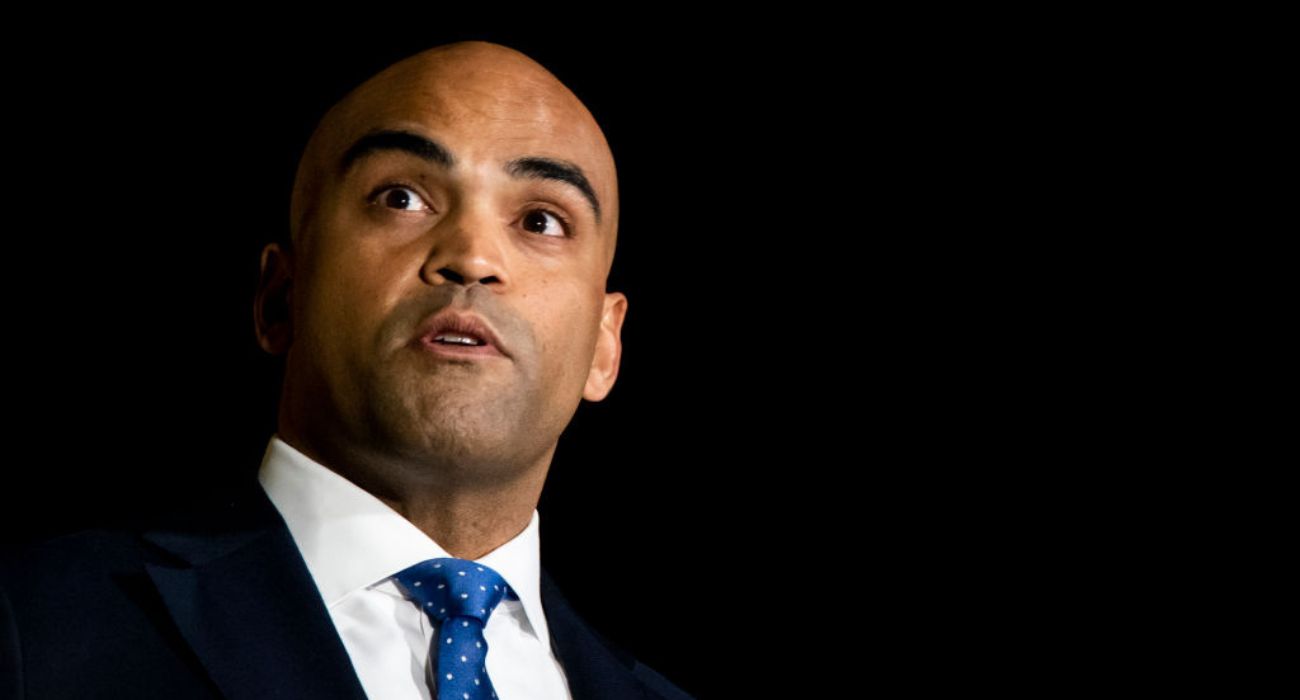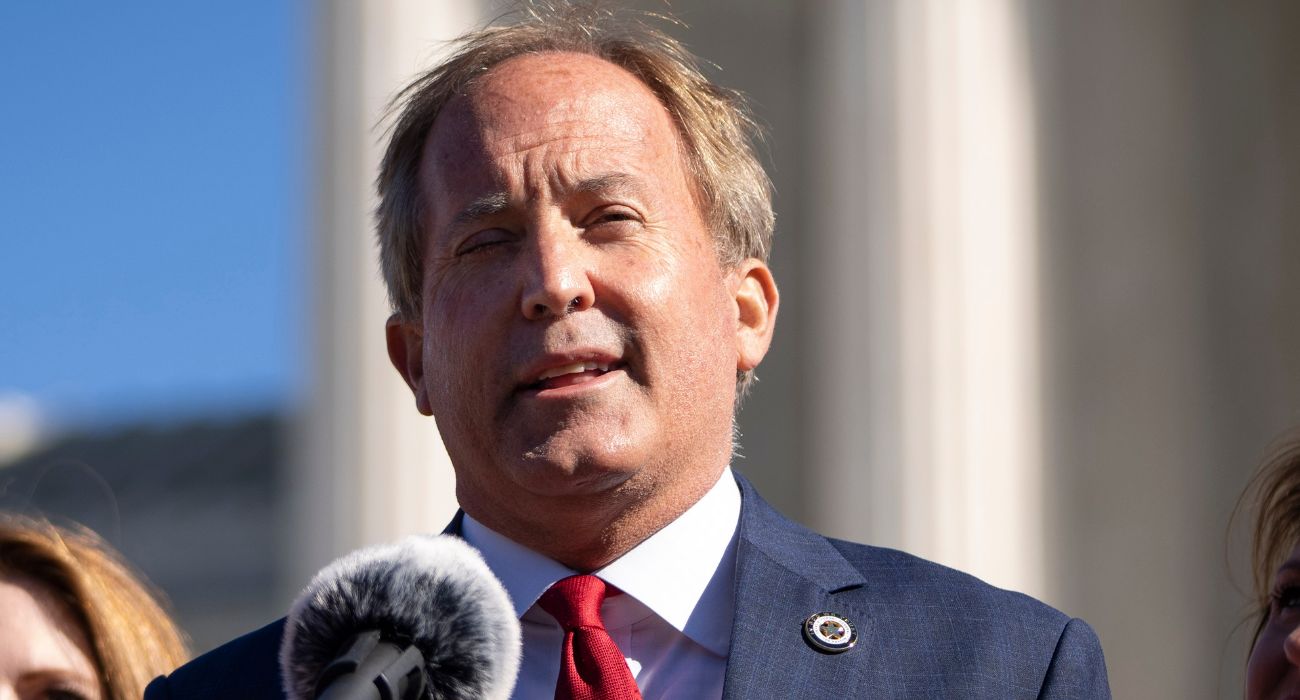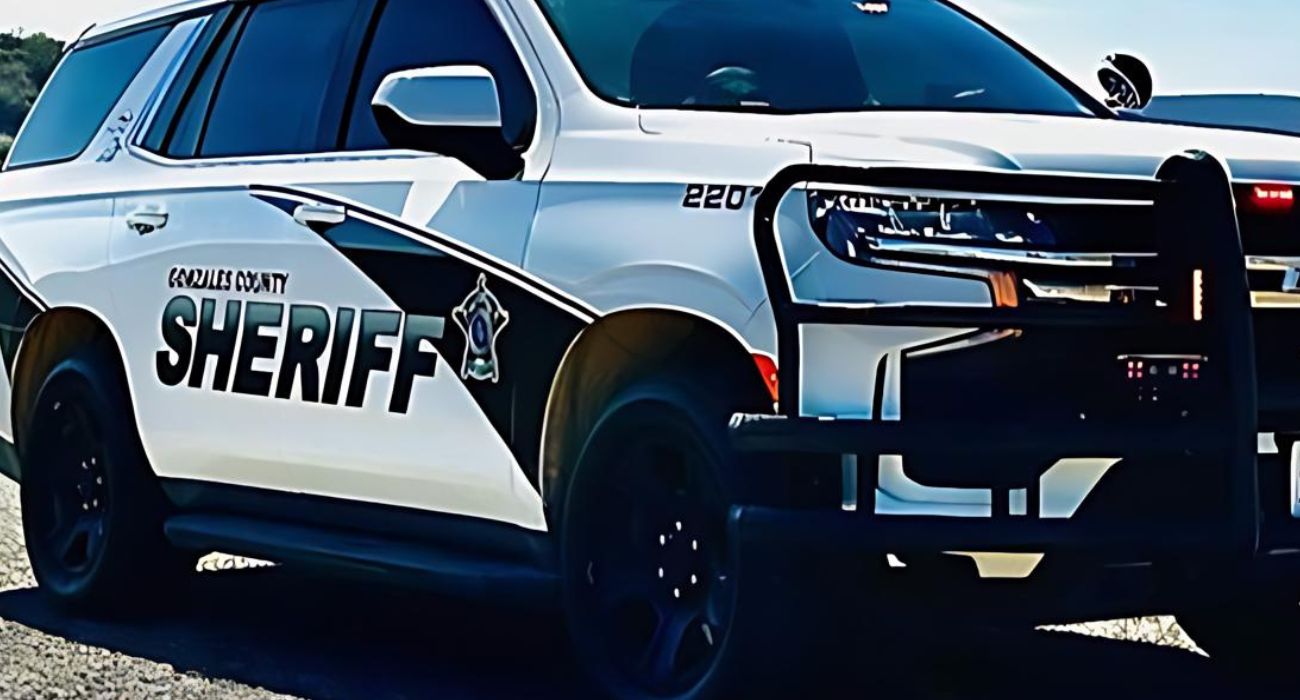North Texas has seen an increase in police pursuits, with ten in November alone.
“They are initially very exciting when you are a younger officer, but with more experience and training, you take on much more — you might say — a technical mindset,” said Doug Deaton, who spent two and a half decades as a police officer and retired as a lieutenant in the Plano Police Department, speaking to WFAA Dallas.
As reported by The Dallas Express, a Grand Prairie police officer died on November 14 while chasing a suspect with a paper tag.
Officer Brandon Tsai, 33, attempted to pull over the driver, who, police allege, immediately fled the scene. Tsai pursued the suspect but ultimately lost control of his vehicle and crashed into a light pole. He died of his injuries.
A candlelight vigil to honor Tsai was held at the Public Safety Building on Arkansas Lane on Friday, November 18.
The next day, a 16-year-old died when the vehicle he was in crashed as Garland police pursued it into Dallas, as reported by The Dallas Express.
A Garland police officer attempted to pull over a white Tahoe believed to have been involved in multiple burglaries with multiple suspects in the vehicle.
Officers chased the vehicle into Dallas, where it ultimately crashed, ejecting three of the five individuals from inside the vehicle as it came to a halt in front of a gas station. The driver of the car was arrested on multiple charges and a passenger was also subsequently arrested.
On Sunday, November 20, a chase ended with a driver crashing into a homeowner’s fence in Arlington after running from Fort Worth police, who had tried to pull the driver over because he had a stolen license plate, as reported by The Dallas Express.
“Across the United States, I would say there is not really a standard policy on pursuits,” said Alex del Carmen, associate dean and professor at Tarleton State University’s School of Criminology, Criminal Justice and Public Administration speaking to WFAA Dallas. “Every department has a different policy based on what they perceive as best practices.”
In North Texas, pursuit policies vary from department to department, with public safety a prime consideration. Time of day, road conditions, and traffic are all factors that a police officer has to think about as a pursuit of a suspect is happening.
“Many of those factors have to be played out in that officer’s head in a matter of seconds,” said del Carmen.
“It is not a free for all out there, contrary to sometimes public opinion,” Deaton said. “I had about 26 years in law enforcement and a couple [of] pursuits in the very earliest portions of my career [that] today would be out of policy now. The public needs to know that pursuit policies by and large, especially in the DFW area, are much more restrictive than at any time in the history of policing.”
Police chases can have unintended consequences, and often times the suspect being chased can act even more recklessly in an effort to evade police. “For anyone other than a violent felon, the balance weighs against the high-speed chase,” the National Institute of Justice has said.
But some people believe restricting officers might cause more harm than good. If perpetrators know that police are unable to pursue them, they may choose simply not to stop when officers attempt to pull them over. This result has been seen in Washington State after the adoption of a restrictive pursuit policy, NWPB reported earlier this year.






